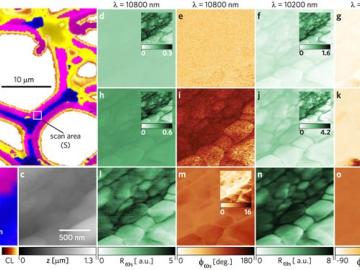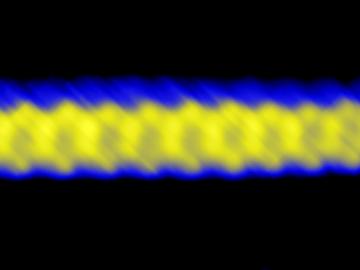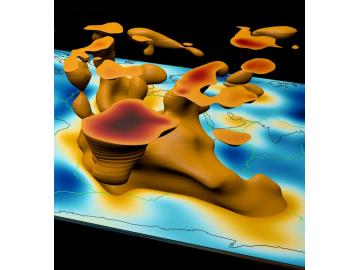
Filter News
Area of Research
- Advanced Manufacturing (10)
- Biological Systems (3)
- Biology and Environment (11)
- Building Technologies (1)
- Clean Energy (101)
- Climate and Environmental Systems (3)
- Computational Engineering (1)
- Computer Science (8)
- Data (1)
- Fossil Energy (1)
- Fusion Energy (6)
- Isotope Development and Production (1)
- Materials (76)
- National Security (5)
- Neutron Science (40)
- Nuclear Science and Technology (17)
- Quantum information Science (3)
- Sensors and Controls (1)
- Supercomputing (48)
- Transportation Systems (2)
News Type
Date
News Topics
- 3-D Printing/Advanced Manufacturing (16)
- Advanced Reactors (7)
- Artificial Intelligence (13)
- Big Data (9)
- Bioenergy (11)
- Biology (1)
- Biomedical (5)
- Biotechnology (1)
- Clean Water (5)
- Composites (3)
- Computer Science (41)
- Cybersecurity (7)
- Energy Storage (9)
- Environment (23)
- Exascale Computing (3)
- Frontier (2)
- Fusion (6)
- Grid (5)
- Isotopes (1)
- Machine Learning (5)
- Materials Science (22)
- Mercury (2)
- Microscopy (6)
- Molten Salt (1)
- Nanotechnology (6)
- Neutron Science (20)
- Nuclear Energy (17)
- Physics (8)
- Polymers (2)
- Quantum Science (10)
- Security (2)
- Space Exploration (4)
- Summit (9)
- Sustainable Energy (8)
- Transportation (14)
Media Contacts


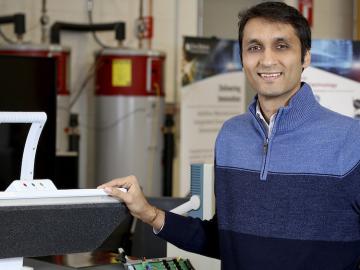
Viral Patel came to the Department of Energy's Oak Ridge National Laboratory with the aim of conducting research that would provide benefits to the average consumer, and his work has not disappointed. Patel jumped into three energy efficiency projects almost immediately after start...

Virginia-based Lenvio Inc. has exclusively licensed a cyber security technology from the Department of Energy’s Oak Ridge National Laboratory that can quickly detect malicious behavior in software not previously identified as a threat.
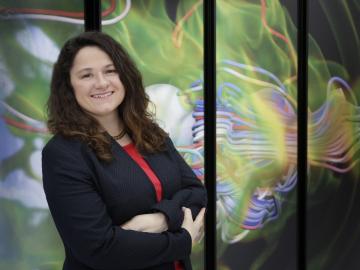
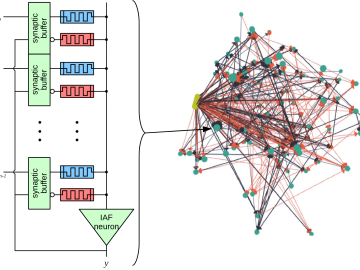
In a first for deep learning, an Oak Ridge National Laboratory-led team is bringing together quantum, high-performance and neuromorphic computing architectures to address complex issues that, if resolved, could clear the way for more flexible, efficient technologies in intelligent computing.
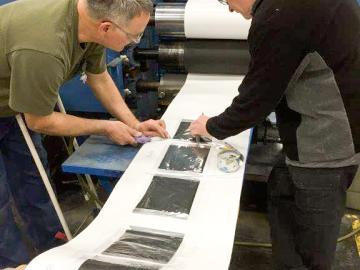
Scientists at Oak Ridge National Laboratory are using the precision of an electron beam to instantly adhere cathode coatings for lithium-ion batteries—a leap in efficiency that saves energy, reduces production and capital costs, and eliminates the use of toxic solvents.
